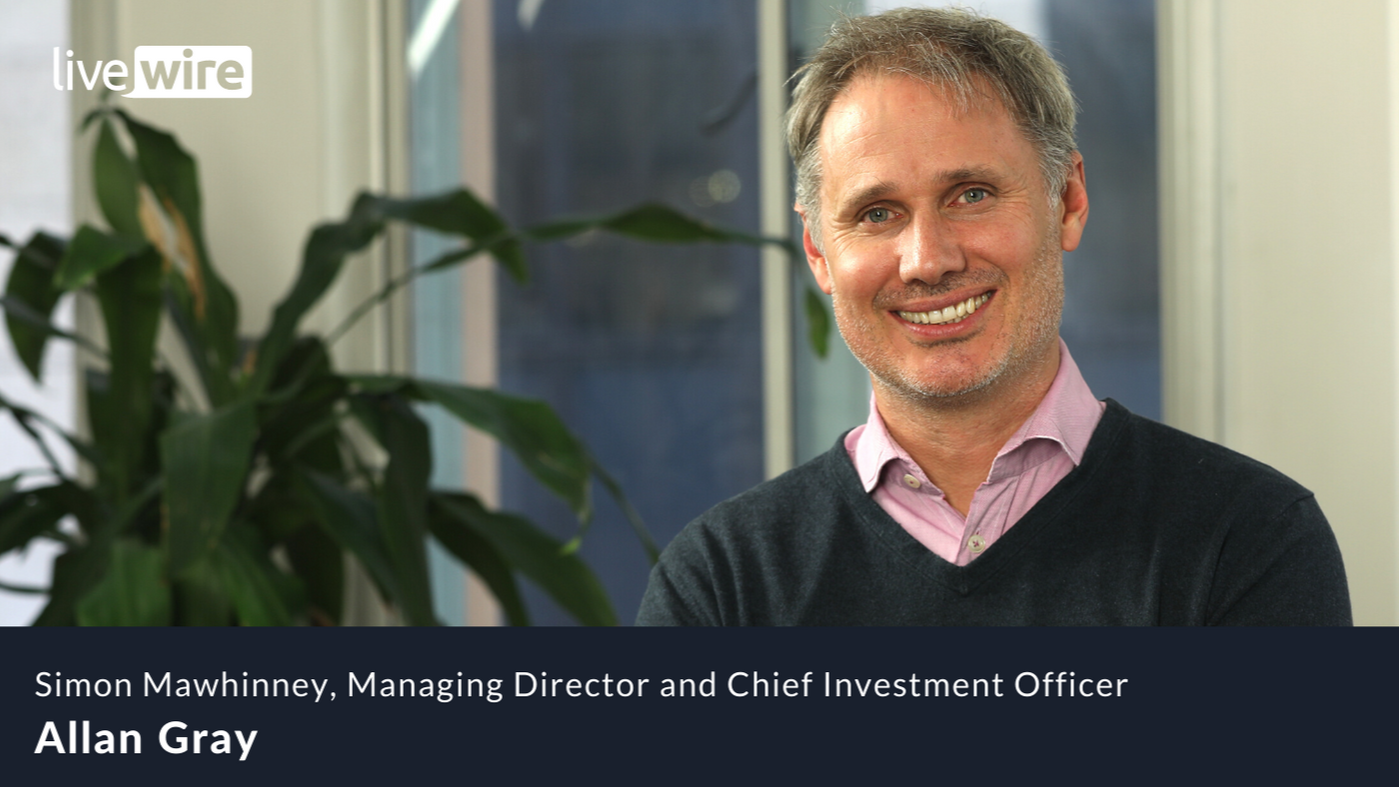2 billion reasons AMP still holds investor appeal
The latest set of figures from AMP will be “messy,” group CEO Alexis George conceded in an interview this week with Allan Gray Australia's Simon Mawhinney.
“There’s still a lot of separation working through the system, which unfortunately takes a lot of time,” said George, during a candid chat with the asset management firm’s CIO.
“We’ve made very big commitments about where we need to get our costs and are now in the throes of doing a lot of that, [but] the 2022 result will still be messy.”
Key points
- What AMP’s future will look like under CEO Alexis George
- Where will the $2 billion divestment proceeds be spent?
- Why she’s adamant the AMP brand won’t disappear
- Allan Gray Australia’s conviction in “old world” energy
Reflecting on some of the divestments that have occurred in the 12 months since her appointment, George referred to sales of the firm's:
- Remaining stake in Resolution Life
- Infrastructure Debt business
- Real estate and domestic infrastructure equity business
- Offshore infrastructure equity business
George reiterated AMP’s undertaking that the majority of the more than $2 billion in excess capital these generate will be returned to shareholders, in addition to paying down some of the firm’s remaining debt.
“That’s what our commitment has been and what we discuss at the board level constantly,” she said.
Where will AMP focus now?
Recognising a need to explore new revenue opportunities, George said AMP is committed to the retirement space, “our brand sits nicely in there, so I’d like us to be a comprehensive provider and that would be a much bigger part of those numbers and perhaps a profit centre in its own right.”
“The other thing we’ve pushed on is being digital-first, and that’s why the mortgage launch was important for the bank,” George said.
In partnership with fintech platform company Nano, AMP is planning to roll out its digital mortgage solution in the next couple of weeks.
“Five years from now, I’d really like us to be bigger in both those spaces but to also be thinking about the direct consumer and how we play in that digital-first space,” George told Mawhinney.
“I’m cognisant that, while we do have surplus capital, we have to be considered about where we go. As a shareholder, you’d probably tell me we haven’t been wise in spending our capital in the past, and we’re conscious of that.”
Oil prices remain robust “even in a net-zero world”
The Allan Gray CIO also fielded several questions during the presentation, including one about his enduring conviction in “old world” energy company Woodside. Mawhinney and his team have long held a view on energy prices that runs counter to that of the broader market.
“We find it very hard to see oil prices falling to $70 a barrel, especially when you consider the cost of extraction and the limited investment that’s gone into replacing new supply,” Mawhinney said.
“And even in a net zero 2050 world, there will be hydrocarbon consumption needed for decades to come, so our expectation for where oil and gas prices are likely to be going forward makes Woodside an attractive investment.”
That said, Mawhinney admits he has taken profits on the stock more recently, “otherwise, I think it would have been 13% (of the portfolio)”. This money has been reallocated into the healthcare sector, having added Ansell (ASX: ANN) to the portfolio – a decision he outlined in more detail in a recent interview with Livewire’s James Marlay.
.png)
“I think it’s important to be pragmatic and conservative where you can and to reallocate capital where the opportunities present,” Mawhinney said yesterday.
Talking more broadly about the changing opportunity set that has occurred over the last 12 months, he called out inflation as one of the biggest shifts.
“Now, there are many people who think that at least modest inflation is here to stay for some time,” Mawhinney said.
What are the biggest opportunities on the back of that? He notes things haven’t played out as many might have expected – for example, gold prices haven’t run anywhere near as hard as many pundits tipped.
Russia’s invasion of Ukraine is another geopolitical event that had been expected to push gold prices up.
“We’re not thematic investors…every day is different,” Mawhinney said, pointing to the announcement on Monday of ANZ Bank’s decision to purchase Suncorp as an example.
“That was unexpected to us, so we address these things on a company-by-company basis rather than taking a more thematic approach.”
Never miss an insight
If you're not an existing Livewire subscriber you can sign up to get free access to investment ideas and strategies from Australia's leading investors.
And you can follow my profile to stay up to date with other wires as they're published – don't forget to give them a “like”.
1 topic
3 stocks mentioned
2 contributors mentioned

